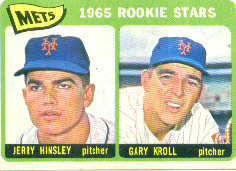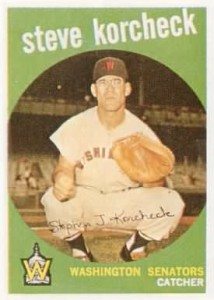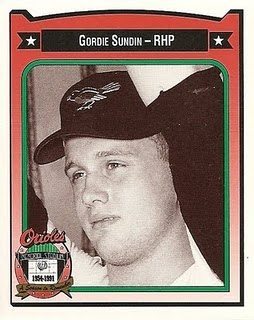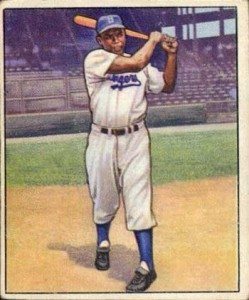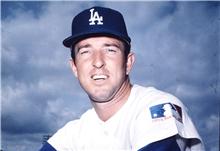 |
| (Courtesy Mark Langill, Team Historian, Los Angeles Dodgers) |
Pitcher Claude Osteen overwhelmed me with his reply. His was a letter filled with the insights of a winner.
I related to him the amazing conversation I overheard before a 1980s AAA game in Tacoma. Coach Osteen chatted with young pitchers in the bullpen, telling how getting your elbow “scooped” (bone chips removed) was great. I realized his passion for pitching. He was a devoted member of the Dodgers family, focused on the organization’s future.
Where did that passion and devotion come from? Did he find role models in Los Angeles? Osteen wrote:
“I learned from Koufax and Drysdale what it meant to be a Dodger and how the name was synonymous with pitching. I was embarrassed not to pitch well.”
Tomorrow: what roles did Gil Hodges and Willie Stargell play in one of Osteen’s biggest thrills?

